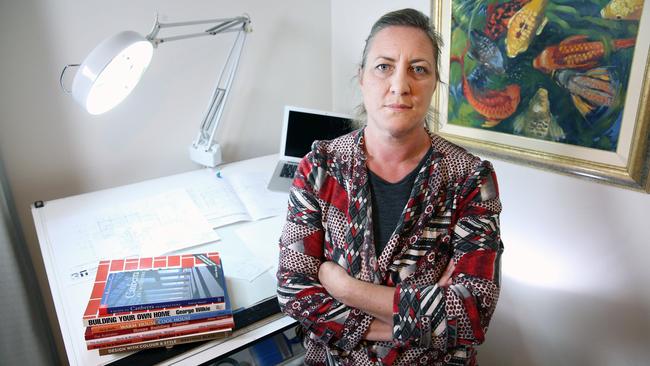Training sector demands level playing field for all
Enrolments in high-level qualifications in the critical Vocational, Education and Training sector are being driven down.

Enrolments in high-level qualifications in the critical Vocational, Education and Training sector are being driven down, exacerbating Australia’s skills shortage because of complexities in the student loan system.
The alarm is being sounded by TAFE NSW, which argues the Turnbull government is “double dipping” in the sector by charging VET students a 20 per cent loan fee — an impost that does not apply to those at university — despite education providers already being slugged for large annual fees.
Jon Black, director of TAFE NSW, will today push for a “level playing field” so that VET student loan arrangements are brought into line with those at universities, noting that Australia faces a major skills crisis in coming years.
He told The Australian the 20 per cent VET student loan fee was a major disadvantage for the sector, arguing that difficulties in securing access to finance were “costing TAFE NSW enrolments in higher-level qualifications in areas of strategic importance to the economy”. “We’re told the loan fee is to cover the cost of running the (VET Student Loans) program, but every large VET provider in the country is charged an annual fee of $80,000 for that very purpose,” Mr Black said.
“On this count, at least, the commonwealth appears to be double dipping. No one is asking for special favours here — we’re just asking for a level playing field for VET students and university students.”
The number of students studying a diploma of building and construction is down 80 per cent over the past two years, while diplomas in early childhood education are down 63 per cent. Diplomas in information and communications technology are down 48 per cent.
TAFE NSW estimates that more than 50,000 skilled workers are currently needed in various construction jobs, while there will be demand for more than 19,000 chefs over the next 12 months and 80,000 more nurses nationwide by 2021.
Sonja Haynes, a 47-year-old mature-aged student studying a diploma of interior design at the Canberra Institute of Technology, felt she was being discriminated against because of the 20 per cent student loan fee.
“When I started the course, I was not using the student loan. But due to changes in my financial situation, I then found it necessary to go through the process of the student loan to continue with the interior design diploma I’m currently undertaking,” she said. “I feel that it’s discriminatory having to pay that 20 per cent fee. It’s like we’re paying a tax.”
Mr Black also highlighted other problems with the VET student loan system, including the “two-day cooling off period”. This is a mechanism which means students who log on to apply for a course and want to take out a VET student loan are prevented from doing so immediately, and are instead forced to wait an additional two days.
There are also different loan caps on VET courses, of $5000, $10,000 and $15,000, as opposed to the university system which is self-regulated. VET students also have to pass an onerous literacy and numeracy test to receive a loan, while there is no such requirement for university students.
VET students are also required to periodically confirm their intention to continue accessing the loan throughout their study, while there are no post-application requirements for those at university.



To join the conversation, please log in. Don't have an account? Register
Join the conversation, you are commenting as Logout